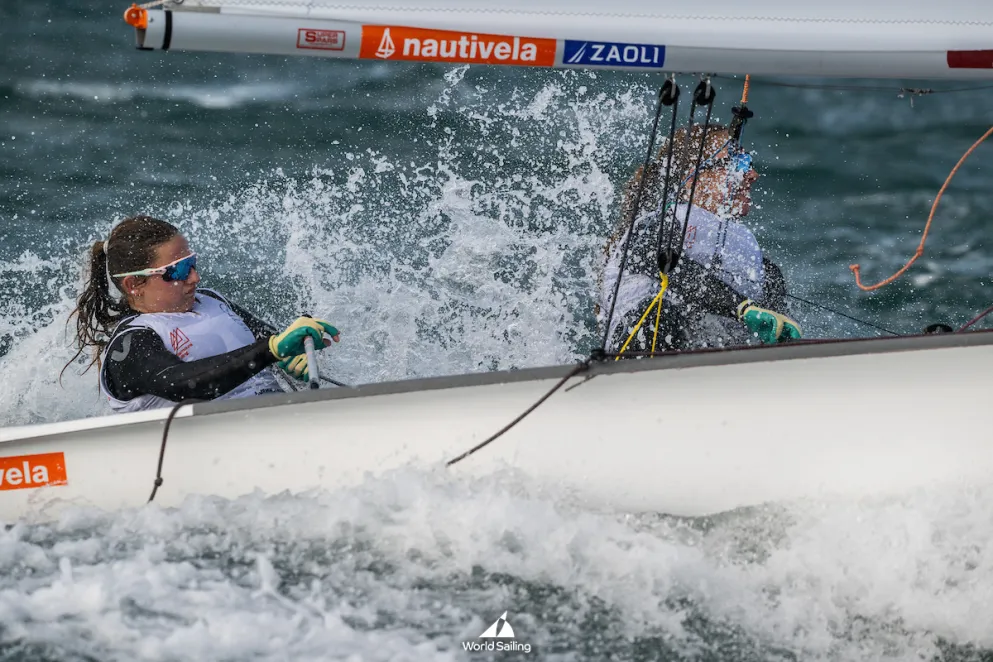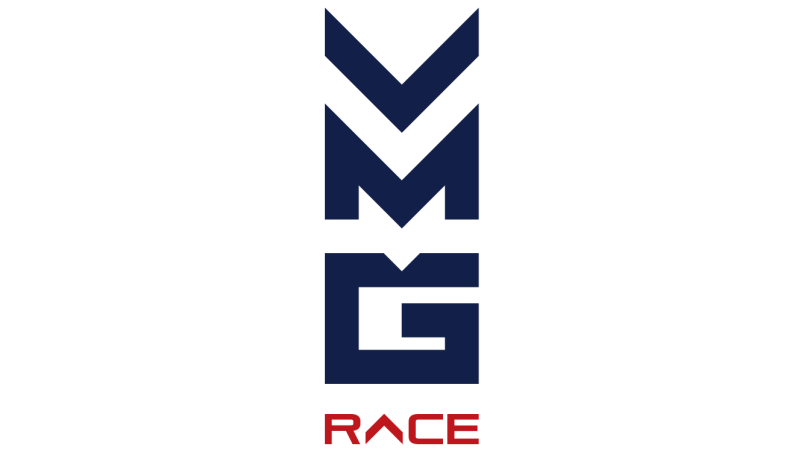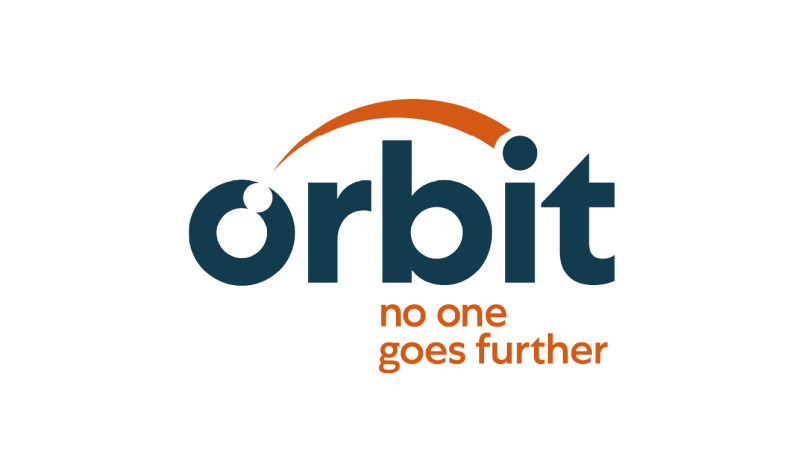Dinghy fever! When a boat becomes part of the family
Kathy Catton talks to sailors who have had a special bond with their dinghies – often through many generations.
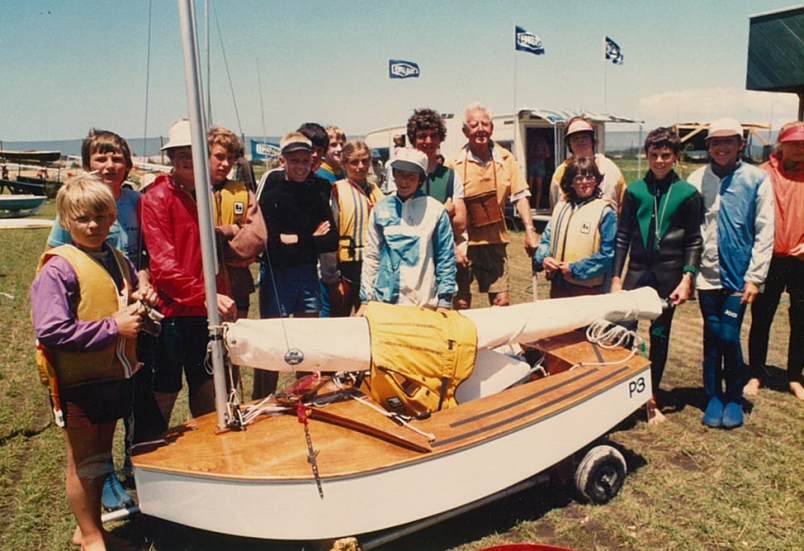
Andy Kensington & 'Superdocious'
Andy Kensington was around P Class boats at the place of their origin – Tauranga Yacht and Powerboat Club. Since then, he has seen all three of his children sail the P Class and remains active in the class today.
“When I learnt to sail, the Optimist dinghy was just making its mark, and P Class boats were the true local staple. I started my P Class journey at around age 11 or 12 and stayed sailing them until around 15. I loved the thrill of these small but mighty boats.
"My first P Class was a fibreglass model, and my final boat, P3 Superdocious, was a prized acquisition my parents bought off a Kawerau family, in the Bay of Plenty. Sadly, I don’t know what’s happened to either of them now.
“During the Covid lockdown, I decided with my three sons, Rowan (now 19), Sean (now 17) and Hugh (now 13), to build a new P Class boat, Eazy Peazy, from a Dan Leech kit-set. The boat achieved great success, with Sean winning the 2021 Tanner and Tauranga Cups and Oli Stone coming second in the 2022 Tauranga Cup and winning the 2023 Tanner and Tauranga Cups. We managed to give it the P3 number, so that’s a nice honouring of my old boat.
“Unlike the Optimist, which primarily focuses on basic sailing skills, the P Class demands a higher level of technical prowess. I really think the P Class has shaped sailing in New Zealand. Rowan and Sean are now sailing the 49er, and they’re convinced their time in the P has helped them become proficient in the more demanding youth classes. It’s a tough boat, but that’s what makes it rewarding. You learn resilience, and it prepares you for whatever comes next.
“It remains to be seen what will happen to Eazy Peazy. There’s something about them that means they’re pretty hard to part with. But once Hugh has finished with it, I need to remember that they are not pieces of furniture and are better used by more up-and-coming sailors.”

Scott Elliott & 'Gunsmoke'
Keith Elliott was very much a part of the fabric of dinghy sailing in New Zealand and was known as a true craftsman and builder of racing yachts. Scott Elliott recounts memories of the boats his father built for him.
“In 1986 my dad was one of those P Class fathers who had binoculars stuck to his eyes every weekend! I had graduated from a fibreglass Optimist that my dad built. He scoured the country for a cheap P that he could do up. He found two and proceeded to proudly strip, paint and refit. Unfortunately, the first one was a lemon. The second was a better boat but still needed to be redecked and refitted. I was delighted to finish 10th in my second nationals at Kohimarama. Dad said he would build me a new boat if I finished in the top 12, so I was pretty excited to see what would happen next.
“He built me P4 Gunsmoke and P404 Vengeance and from this grew orders for eight in the first year (all from the garage of our house). And so began the DWR (Dinghy Workshop Racing) boats. Of course, I needed a Starling next, so he built me 1044 Integrale, and so began the DWR Starling.
“When he passed away in July this year, I started pulling together a spreadsheet of all the boats he had built and where they are now. Since 1988, Dad built 47 wooden P Class, around 25 fibreglass P Class and as many wooden and glass Starlings. A lot of these boats have won numerous Tanner and Tauranga Cups, Starling nationals and match racing events. I’ve tracked down most of them – but not all."
Tom Parrish & 'Palindromic'
Tom Parrish sailed his P Class 'Palindromic' between 1995 to 1997, aged 13 to 16, from Murrays Bay Sailing Club. For him, re-discovering it was about more than just the boat.
“When I was made redundant in my 30s, I realised I needed to reconnect with my past. I was inspired to dive back into dinghy sailing. I’d always cherished my time sailing a P Class. I believe it’s one of New Zealand’s best-kept secrets for teaching young sailors the basics of boat handling. These boats are so overpowered and unbalanced that even mid-pack skippers gain exceptional sailing skills.
"My parents had told me about working with the previous owner of P181 Palindromic, so I knew it was still around. When I saw her for sale again earlier this year following the P Class nationals in Tauranga, I jumped at the chance to own her once more. I was lucky enough to secure the sail number 181 when we commissioned the build by the late Keith Elliott.
"It matches my birthdate of 18/11/81, so you can see there is a lot of sentimentality to owning her again.
“Restoring this boat and many others is more than a project; for me, it’s about celebrating New Zealand’s sailing heritage and creating lasting family memories. For my wife, I was fortunate to find my old Starling, Prime Number 1163, being sold on TradeMe. Yes, another play on the mathematical. Again, sentimentality stepped in, and I caved, and added her to our growing fleet of small boats.
“I’m involving my children in the restoration process, teaching them the value of craftsmanship, even if sanding isn’t their favourite task. My daughter will be taking on the P in the next few years, and my wife will enjoy my old Starling for a few years to come, I’m sure."
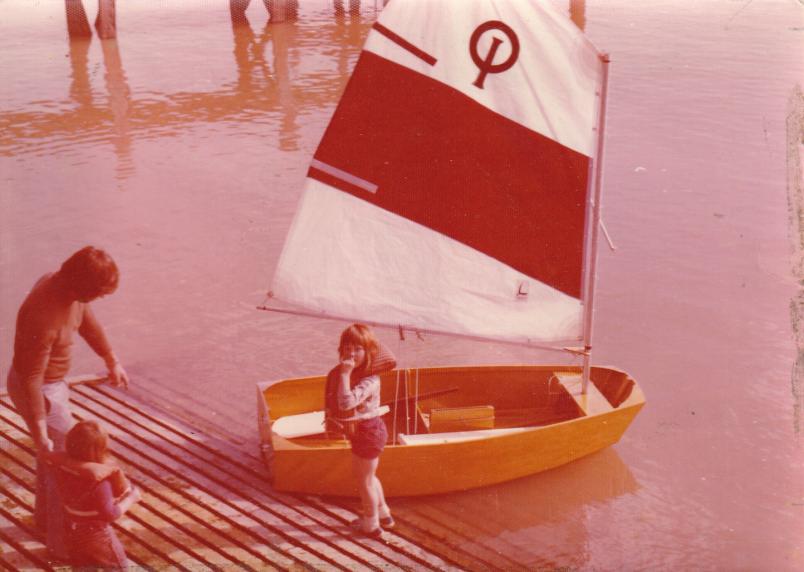
Paul Pritchett & 'Muffin'
Paul Pritchett, from Charteris Bay Yacht Club, is one of the sailors responsible for bringing the Optimist to New Zealand and fostering the class in this country from the 1970s. He tells the story of the first Optimist in the country.
“It was my friend Clive Roberts [former OK Dinghy world champion and Finn sailor] who brought the Optimist to New Zealand. He’d been travelling through Europe in the early 1970s and came across the boat. It was designed to be a simple, manageable craft for young sailors to learn to sail in. It was a refreshing contrast to the more challenging P Class boats. As luck would have it, Clive was also the chairman of the youth committee for the [then] New Zealand Yachting Federation, so he had the perfect platform to bring this boat to New Zealand.
“We started to envision a future where every child could learn to sail at low cost. Tragically, Clive was killed in a road accident on 10 May 1975, so I decided to honour Clive’s vision, and I built the first New Zealand Optimist in our spare bedroom at home in Christchurch. It cost me $120 in materials, and we called her Muffin.
“We launched her on 14 September 1975 at Charteris Bay Yacht Club, much to the amusement of some locals who were painting the club at the time. They were surprised that Barry Craw and Tanja Pritchett, both novice sailors, could navigate her with ease. This was the start of it. By the end of the first season, 45 building fees had been sold, and by 1979, over 1400 Optimists had been registered in New Zealand. Today I think it’s over 4000.
“I’ve still got Muffin in my garage at home. I’m not sure what I’m going to do with her. My children and grandchildren have all sailed her. She’s still got the yellow and red KZ 1 sail, too.”
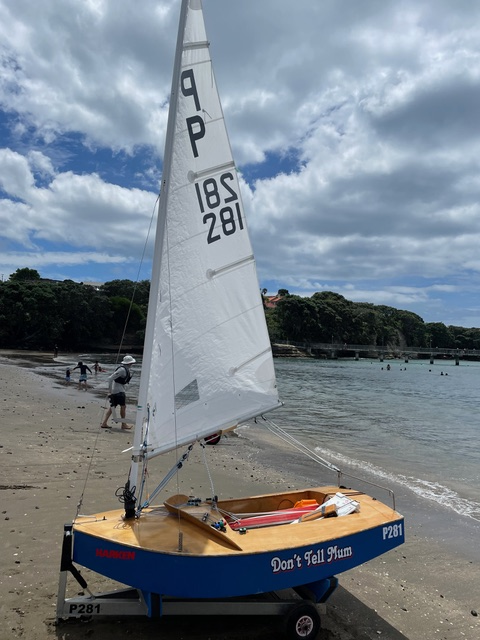
Gary Smith & 'Don’t Tell Mum'
Gary Smith and his father Colin, the Onerahi P Class champion in 1947, have been involved in the evolution of the P Class dinghy for many decades. Here he recounts some of the stories of these treasured relics.
“One of the significant milestones in P Class history happened in 1977 when the first fibreglass boats were introduced, and at the same time, the class introduced aluminium masts.
“I was lucky enough to sail the first one at the 1977 Murrays Bay Tanner Cup. This boat, P431 Glabo, represented a new era in dinghy construction.
“The early fibreglass prototypes, including one dubbed Fibo, have left a lasting legacy. Today, Fibo remains a floating garden ornament in Tauranga. You can still see it on Beach Road, Tauranga.
“The P Class fleet’s evolution is also marked by iconic boats like P15 Staccato and P69 Mintie. Staccato is owned by Craig Monk, and is looked after by Murrays Bay Sailing Club, who loan the boat to their top-performing Optimist sailor each year.
“Similarly, Mintie, built in 1968 and known for its distinctive light blue colour, has a storied past with notable sailors such as Ray Davies and his brother Mike.
“Another cherished boat, P281 Don’t Tell Mum, is particularly significant to me. Built by Jack Williams in 1995, it was the last plywood boat constructed by Jack, who also built my fibreglass boat in 1977. My son Phillip went on to sail the boat in 2005.”
Amy Mulcahy & 'Illusion'
Amy Mulcahy and her family are continuing the P Class tradition with pride, and with great success.
“My dad, Chris Waring, built my Optimist and three of our family’s P Classes. All from the garage at home. I’ve got three younger brothers, and we all sailed in them at one time or another. They were great boats, and our P Class boats were very successful. I won the Naiomi James Trophy (for female national champion) at the P Class nationals in 1989 in Napier, sailing P18 Illusion. My brother Peter was a top sailor, and he won the Tanner Cup and placed second in the Tauranga Cup in 1991 in Dunedin, sailing P969 Stratus.
“Over the years, we’ve managed to buy all three of them back for our own children. Two are still in the family. My son Mason Mulcahy came second in the Tanner Cup in 2019 in Evans Bay, Wellington sailing Illusion. It was re-registered from P18 to P6 somewhere along the line.
“I’ve sold my one now, but Peter’s got the other two. There’s quite a history to them.”



